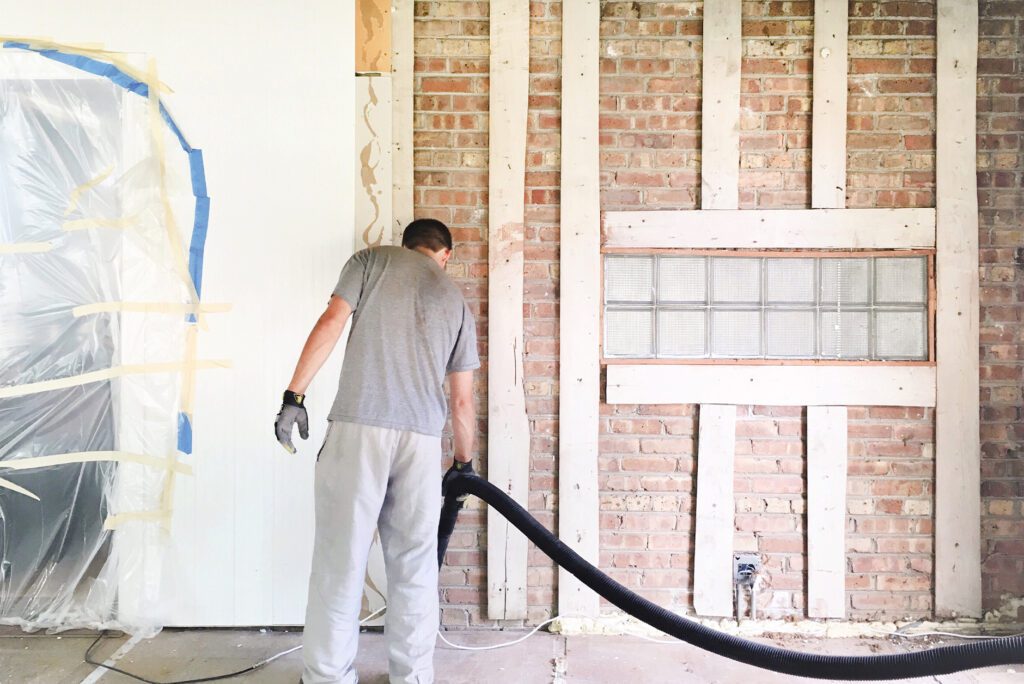Historically speaking, most homes — whether they’re for sale on the market or not — have been valued by a few common metrics. The location of a home is an important one (perhaps the most important, according to that old real estate adage), but so is a home’s size, condition, design, finishes, nearby amenities, and more.
More recently, however, another metric has become an increasingly valued factor of a home’s worth. How eco-friendly a home scores big points in today’s market, especially among the younger, generally more environmentally conscious crowd.
While decreasing the amount of carbon emissions generated by your home should appeal to all homeowners and buyers, the Canadian Government has further encouraged this initiative by launching the Canada Greener Homes Grant.
In an attempt to persuade more Canadian homeowners to reduce the carbon footprint of their homes, the Canada Greener Homes Grant is offering to subsidize the actions necessary to make it happen. To learn more about this retrofit program and how it could help you improve your home and help our global environment while doing so, we’ll share what we know about the program with you in our blog post here.
What Is It?
In short, the Canada Greener Homes Grant is a plan set in place to help Canadians subsidize the costs required to make energy-saving upgrades to their homes.
As stated above, this new retrofit program has been put in place by the federal government in an attempt to incentivize Canadians to make environmentally valuable updates to their homes. In order to facilitate many of those eco-conscious home upgrades, which can cost homeowners upwards of a few thousand dollars, the government is willing to provide eligible homeowners with grants.
According to the Government of Canada themselves, “buildings, including our homes, account for 18% of Canada’s greenhouse gas emissions.” In a bid to reduce that number and align with the Intergovernmental Panel on Climate Change’s (IPCC) plan to fight climate change and limit global warming temperatures to 1.5 degrees celsius, Canada has launched the Canada Greener Homes Grant, among other initiatives.
How far is our federal government really willing to go with this? As per the information we gathered from the program’s announcements, the federal government is apparently willing to spend over $2.6 billion in grants over the next seven years to ensure this program is a success.
We’re big advocates of home improvement projects, but not all of them add substantial value to your home. Find out which ones provide the most ROI by clicking our renovation-focused links here:
- Think These Renovations Will Add Value To Your Home? Think Again
- Home Repairs: 5 To Consider Before Fall
- Selling Your Home? Here Are 5 Upgrades Worth Doing First
Who Qualifies?
The Canada Greener Homes Grant is pledging to give up to 700,000 grants worth up to $5,000 to homeowners who want to make energy-efficient retrofits to their homes.
In addition, the government is promising a further $600 in grants to reimburse homeowners for the costs of receiving pre- and post-retrofit EnerGuide evaluations from home energy efficiency experts so that homeowners can begin to plan their domestic upgrades.
But who *actually* qualifies for the grants? For starters, it pretty much goes without saying that homeowners must be able to provide all of the documents necessary to prove their homeownership. These can include a government-issued ID or utility bill, proving that the home in question is in fact the owners’ primary residence.
While the list of the types of homes that qualify for the retrofit grants is expansive, it, unfortunately, doesn’t include all types of homes. The ones that do qualify include:
-
- Single and semi-detached houses
- Row housing
- Townhouses
- All-season cottages
- Mobile homes on permanent foundations
- Permanently-moored floating homes
- Mixed-use buildings (residential portion only)
- Small multi-unit residential building (three storeys or less with a footprint of 600m2 or less)
It’s also worth noting that the $600 EnerGuide evaluation grants will only be released to homeowners if they complete at least one of the retrofit upgrades recommended by their home efficiency advisor. Plus, homeowners must continue through with the full Canada Greener Homes Grant process in order to receive their $600 reimbursements.
Should a homeowner complete the EnerGuide evaluation and one of the recommended retrofits, the federal government will provide their grant of up to $5,000. However, Canadians must commit to keeping copies of all of their documents until March 31, 2028, and all retrofit products must be purchased in Canada.
Professional home evaluations can do much more than just measure your home’s energy efficiency. In fact, they’re the first step to every successful home sale. Find out more about them here:
- Toronto Home Evaluations: What They Really Look For
- What Is Your Home Worth? Get A Free Home Evaluation
What Can You Do With It?
As previously noted, the Canada Green Home Grants will only be released to homeowners who have completed at least one of the EnerGuide specialist recommended retrofit updates. Among the most common upgrades and improvements that the energy efficiency experts recommend include:
- Replacement of windows and doors
- Sealing of air leaks
- Additional insulation
- Improvements to or purchase of energy-efficient heating and cooling systems
- And, the purchase of renewable energy systems like solar electric panels
Not convinced about your home’s energy efficiency rates throughout the colder months? Make sure you’re doing everything you can to keep those heating bills down by reading our Ultimate Winter Home Maintenance Checklist here!
How Do You Get One?
In order to register for the retrofit program, Canadians can go online and visit the Canada Greener Homes Grant official registration page here, or alternatively call through the government phone number.
For residents of Quebec and Nova Scotia, homeowners must apply for the program directly through their provincial-specific Canaga Greener Homes Grant programs, while residents of New Brunswick and PEI are encouraged to do the same.
When many major renovations and upgrades are required to keep your home in order, it can sometimes be easier just to look for a new place. If bringing your home’s eco-efficiency standards up to scratch seems like a big ask, it might be time to think about moving.



